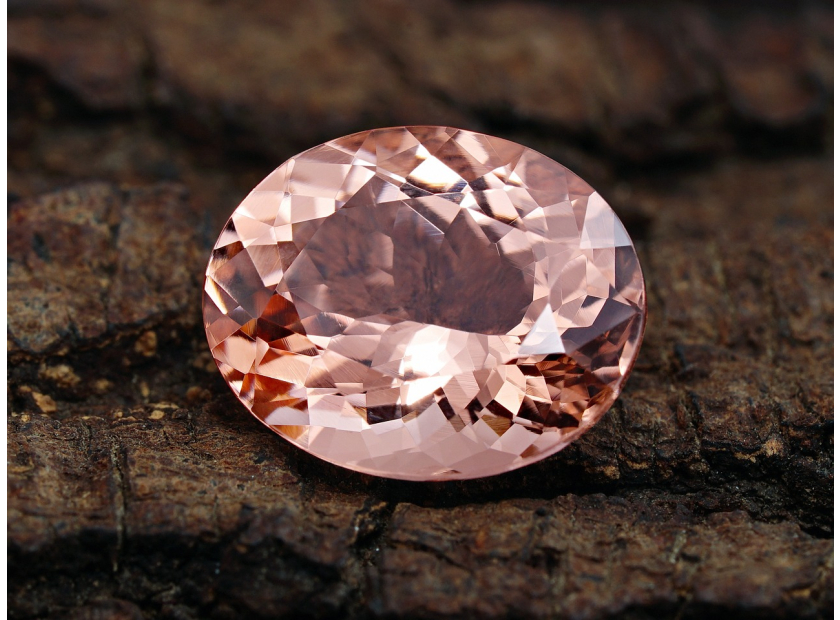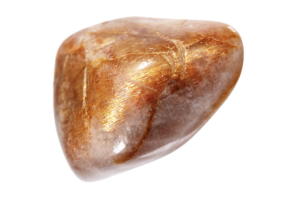USD
/
USD
/
Shipping to:
Currency:
Morganite vs Kunzite: Key Differences, Colours, and Which to Choose
When choosing the perfect pink gemstone, morganite and kunzite often top the list.
Both stones are admired for their soft hues and unique characteristics, making them popular among jewelry lovers.
But what sets them apart?
Let’s dive into the details so you can make an informed choice.
Understanding Morganite
Origins and History
Morganite, a member of the beryl family—which also includes emerald and aquamarine—was discovered in the early 1900s.
It was named in honor of financier and gem enthusiast J.P. Morgan.
This gemstone is primarily mined in countries like Brazil, Mozambique, and Madagascar.
Color and Appearance
Morganite is loved for its soft pastel shades, ranging from pale pink to peach and salmon tones.
Its delicate color has a romantic appeal, making it a top choice for engagement rings and fine jewelry.
For a closer look at rings that feature this gem, check out gemstone engagement rings.
Physical Properties
With a hardness of 7.5 to 8 on the Mohs scale, morganite is a durable choice for everyday wear.
Its glassy luster adds to its brilliance, especially when skillfully cut.
Common Uses in Jewelry
Morganite is commonly used in rings, earrings, and pendants thanks to its durability and soft color.
It pairs especially well with rose gold, which highlights its pink tones beautifully.
If you're looking for something unique, take a look at these non-traditional engagement rings.
Exploring Kunzite
Origins and History
Kunzite belongs to the spodumene family and was first identified by gemologist George Frederick Kunz in the early 20th century.
Major sources include Afghanistan, Brazil, and Madagascar.
Color and Appearance
Kunzite ranges from light pink to violet-lilac in tone.
It’s known for pleochroism, which means it can appear different colors depending on the angle you view it from—adding to its charm.
Physical Properties
Kunzite ranks 6 to 7 on the Mohs scale, making it moderately durable but more fragile than morganite.
It has perfect cleavage, so it can split easily if knocked, and its color can fade with long exposure to sunlight.
Common Uses in Jewelry
Kunzite’s large crystal sizes make it perfect for dramatic statement pieces like cocktail rings and pendants.
Because of its sensitivity to light and impact, it’s best worn on special occasions.
If you're exploring bold and colorful options, check out these stunning gemstone rings.
Key Differences Between Morganite and Kunzite
Color Variations
Morganite features peachy-pink shades, while kunzite often displays cooler pinks and purples.
Your preference for warmth or coolness in color may influence your choice.
Durability and Wearability
Morganite’s superior hardness makes it better suited for daily wear, especially in engagement rings.
Kunzite’s cleavage and light sensitivity make it more fragile and better for occasional wear.
Brilliance and Clarity
Both gems can be very clear, but morganite often sparkles more due to a higher refractive index.
Kunzite’s pleochroism gives it a unique glow, though it can seem less brilliant from certain angles.
Availability and Cost
Morganite is more commonly found in smaller carat sizes and can be pricier per carat.
Kunzite, often found in larger sizes, tends to be more affordable but requires more care.
Curious how this compares to diamonds? Check out this guide on lab-grown diamonds vs gemstones.
Making the Right Choice for You
Lifestyle Considerations
If you want a ring you can wear every day, morganite is the more practical choice.
Kunzite is best reserved for occasional wear due to its fragility.
Design Preferences
Morganite is ideal for intricate, smaller-scale designs, while kunzite is perfect for bold, larger looks.
Budget and Long-Term Value
Budget may guide your choice: kunzite gives you more stone for your money, while morganite offers long-term durability and consistent popularity.
Want to know more about how gems are formed? Read about how gemstones and diamonds are formed.
Caring for Your Gemstone
Cleaning and Storage
Clean both stones with warm water, mild soap, and a soft brush. Dry them completely before storing.
Store them separately to avoid scratches.
Protection Tips
Avoid harsh chemicals and extreme heat.
Kunzite should be kept out of direct sunlight to prevent color fading.
Remove both gemstones before intense physical activity or cleaning.
Frequently Asked Questions
Is kunzite more valuable than morganite?
Typically, morganite is more expensive per carat due to its popularity and higher durability.
Kunzite tends to be more affordable, especially in larger sizes, but it needs extra care.
Can morganite be worn every day?
Yes, morganite’s hardness makes it suitable for daily wear, especially in rings and earrings.
Just be sure to avoid sharp impacts and chemical cleaners.
Why does kunzite fade in sunlight?
Kunzite is sensitive to UV light, which can cause its color to fade over time.
Store it in a dark place and wear it mostly during the evening or indoors.
How can you tell the difference between morganite and kunzite?
Morganite tends to be warmer in tone—more peach or salmon—while kunzite leans toward lilac and violet.
Kunzite also has pleochroism, which makes it appear to change color depending on the viewing angle.








